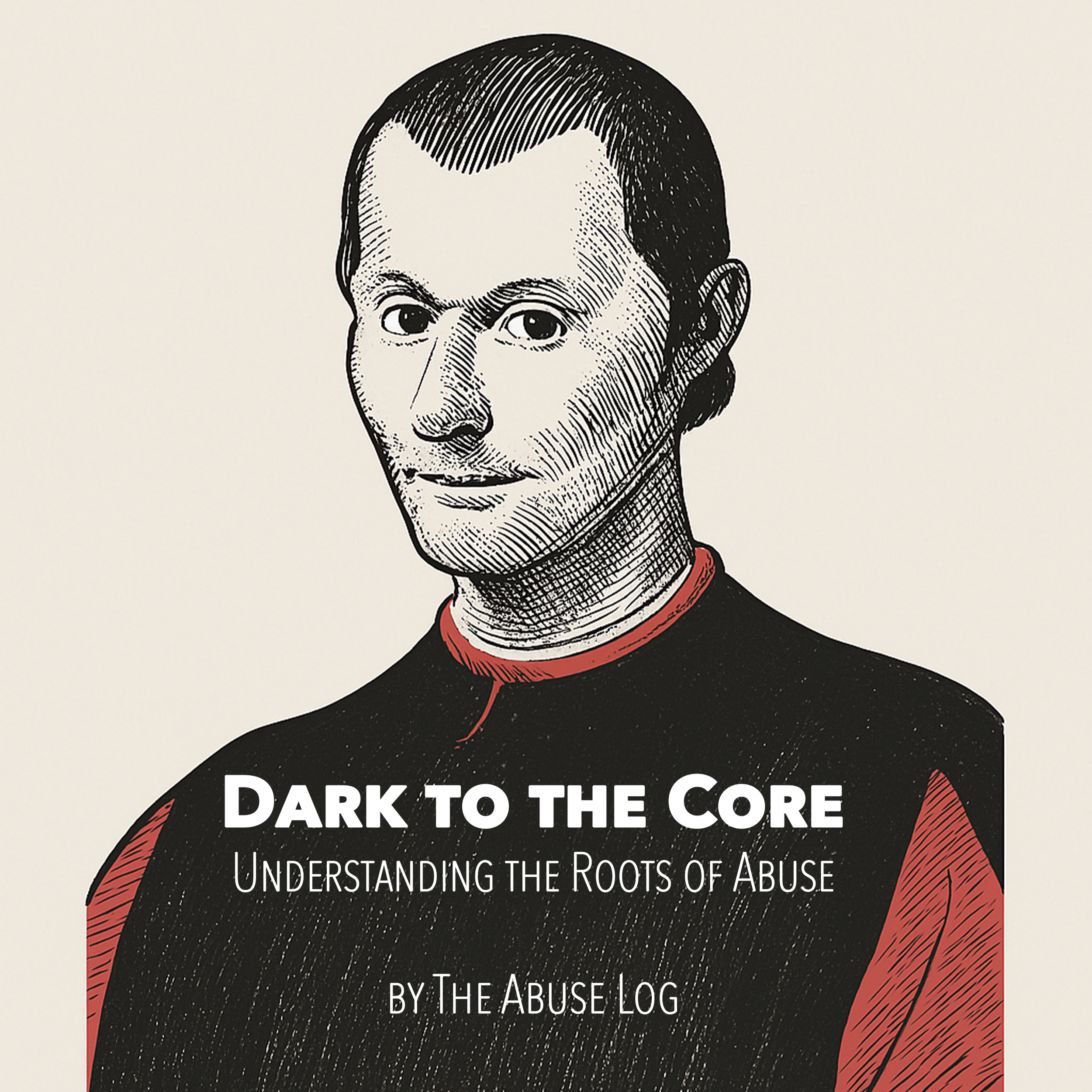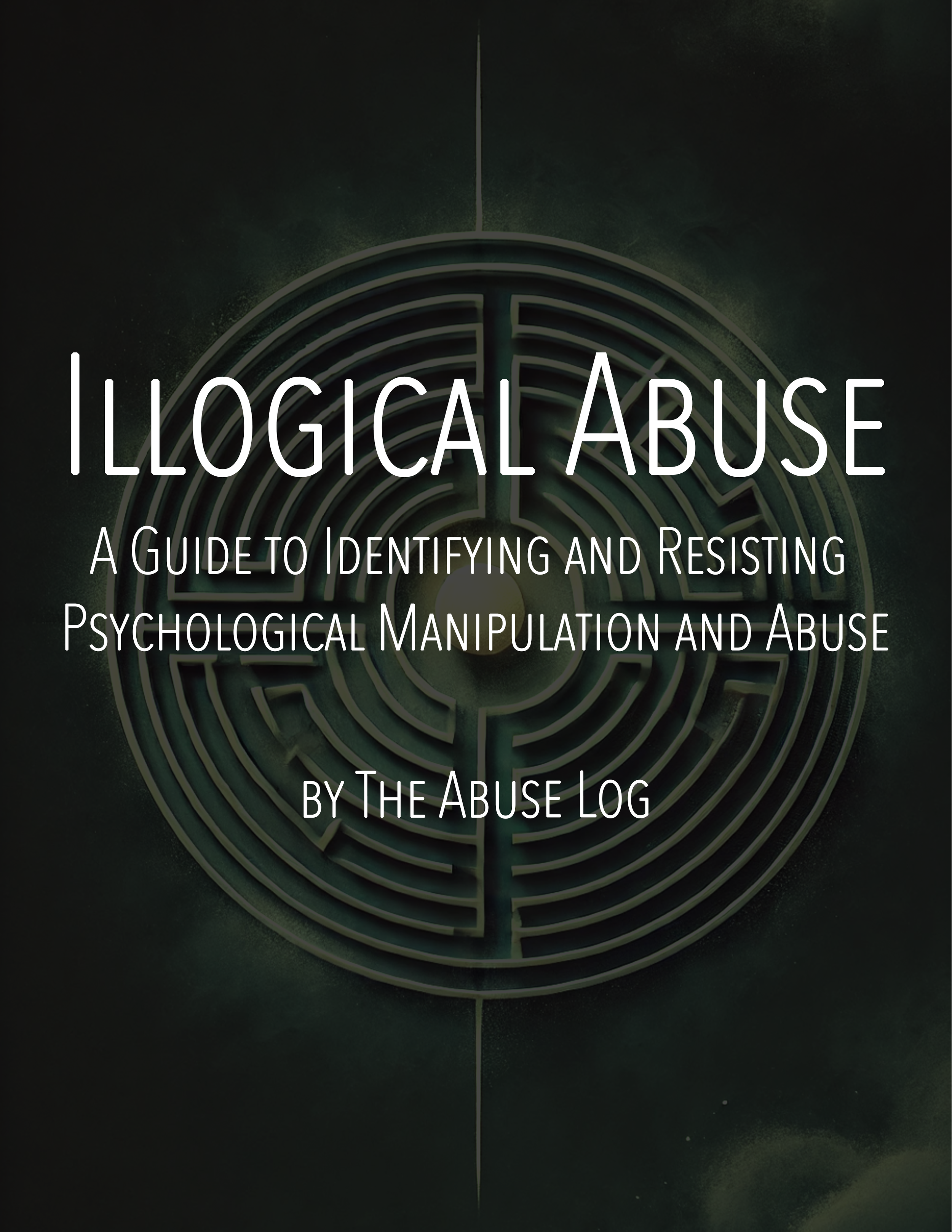The Cycle of Abuse: Unraveling the Trauma Bond
Being in a relationship with a narcissist often feels like an emotional roller coaster—a whirlwind of highs and lows that’s as addictive as it is damaging. At its core, this relationship follows a distinct cycle: idealization, devaluation, and discard. Each stage leaves its own unique imprint, drawing you deeper into a trauma bond that can be challenging to recognize, let alone break. Let’s explore this cycle in detail, revealing the emotional traps and tactics that keep people ensnared in these toxic dynamics.
1. The Allure of Idealization: The Perfect Illusion
In the beginning, the narcissist often feels like a dream come true. They’re attentive, charming, and quick to shower you with praise, affection, and promises of a bright future together. This idealization phase is known as "love bombing" and can be profoundly intoxicating. Suddenly, you feel like you’ve found someone who understands you completely and sees you as extraordinary. This intense validation is compelling, tapping into our natural desire to feel admired and cherished.
However, this adoration is a tactic—a way for the narcissist to secure your loyalty and trust before revealing their true nature. By idealizing you, they’re effectively creating an emotional foundation they can later manipulate. When someone has made you feel so perfect, any subsequent change in their behavior can make you feel desperate to "earn" back that initial love.
2. The Confusion of Devaluation: When the Mask Slips
Once the narcissist feels they have you securely bonded, the mask starts to slip. The once adoring partner becomes distant, critical, and irritable. This phase, known as devaluation, is both painful and confusing. Small criticisms may escalate into more severe belittling and manipulation, leaving you wondering what went wrong and what you could have done to deserve such a shift.
During this stage, you may start to experience gaslighting—a psychological tactic in which the narcissist denies or distorts reality to make you doubt your own experiences and perceptions. They might downplay your achievements, rewrite events to suit their narrative, or deny their own harmful behavior, leaving you disoriented. When you bring up their sudden change in behavior, they may accuse you of being overly sensitive or irrational, feeding into a cycle of self-doubt.
This phase can also involve triangulation—where the narcissist introduces others, whether real or imagined, to make you feel insecure or jealous. By creating a sense of competition, they keep you off-balance, striving to regain their favor.
3. The Devastation of Discard: The Ultimate Betrayal
Eventually, after cycles of love-bombing and devaluation, comes the discard. This stage is often abrupt and brutal, leaving the target feeling devastated and blindsided. The narcissist may exit the relationship without warning, often shifting their attention to a new source of admiration or discarding you once they've extracted what they wanted.
For those left behind, the discard phase is shattering. After being conditioned to rely on the narcissist for validation and approval, their departure feels like a loss of self. Often, they’ll further intensify the pain through a smear campaign—spreading lies and distortions to damage your reputation, isolating you from mutual friends, or painting themselves as the "victim" in the relationship. This not only deepens the sense of betrayal but also traps you in a state of guilt and shame.
The Trauma Bond: An Invisible Chain
The cycle of idealization, devaluation, and discard creates what psychologists call a trauma bond—an emotional attachment formed through intense cycles of abuse and positive reinforcement. Trauma bonds are difficult to break because the victim often blames themselves, feeling responsible for both the highs and lows in the relationship. This bond can make leaving feel almost impossible, as you cling to the hope of returning to the idealization phase or proving yourself "worthy" to the narcissist.
The trauma bond is reinforced through reactive abuse—when the target eventually reaches a breaking point and reacts with anger or frustration. The narcissist may then use this reaction against you, portraying you as unstable or abusive, and justifying their own behavior. This cycle leaves the victim feeling guilty and further enmeshed, as they internalize responsibility for both the abuse and their reactions to it.
Common Manipulation Tactics: Keeping the Cycle Alive
Throughout each stage of this cycle, narcissists employ several manipulation tactics designed to disorient and control:
Gaslighting: Making you question your reality by denying or distorting facts, twisting events, or insisting that you misinterpreted their intentions.
DARVO (Deny, Attack, Reverse Victim and Offender): When confronted, the narcissist may deny wrongdoing, attack you for bringing it up, and cast themselves as the victim, leaving you feeling guilty for addressing their behavior.
Triangulation: Using others as leverage to create jealousy, insecurity, or competition. This tactic is designed to make you feel "replaceable" and maintain their control.
Smear Campaign: After discard, the narcissist often spreads rumors, half-truths, and lies to discredit you, isolate you socially, and maintain control over the narrative.
Breaking Free: Healing from the Narcissistic Cycle
Escaping the idealization-devaluation-discard cycle and healing from the trauma bond takes time and self-compassion. Recognizing the manipulation tactics can help you regain clarity. It's important to understand that nothing you did warranted such treatment; narcissists project their own insecurities and unresolved issues onto others, seeking validation at the expense of those around them.
Here are steps toward healing:
Educate Yourself: Understanding narcissistic abuse, gaslighting, and trauma bonding is the first step to freeing yourself from self-blame.
Set Boundaries: Narcissists often see boundaries as challenges, but maintaining firm boundaries is essential to protect your well-being. You may need to go "no contact" or establish strict communication limits.
Seek Support: Trauma bonds can be incredibly difficult to break without support. Therapy, especially from a trauma-informed therapist, can help untangle the bond and rebuild your sense of self.
Practice Self-Compassion: Narcissistic relationships erode self-worth. Remember that your reactions to the abuse (reactive abuse) were natural responses to extreme psychological stress.
Focus on Self-Validation: Reclaiming your self-esteem and sense of worth outside the narcissist’s approval is essential. Find small ways to honor and validate yourself daily.
Breaking free from a narcissistic relationship is a challenging journey, but with patience, support, and self-understanding, healing is possible. Recognize the manipulation for what it is, take back your narrative, and remember that true love never requires you to sacrifice your sense of self or your mental health.
#NarcissisticAbuse #TraumaBond #Gaslighting #NarcissisticPersonalityDisorder #ToxicRelationships #IdealizationDevaluationDiscard #EmotionalAbuse #PsychologicalAbuse #ReactiveAbuse #DARVO #Triangulation #SmearCampaign #MentalHealthAwareness #HealingFromAbuse #SurvivingNarcissism #SelfLoveJourney #BoundariesMatter #EmotionalHealing #NarcissisticManipulation #ToxicRelationshipRecovery
















